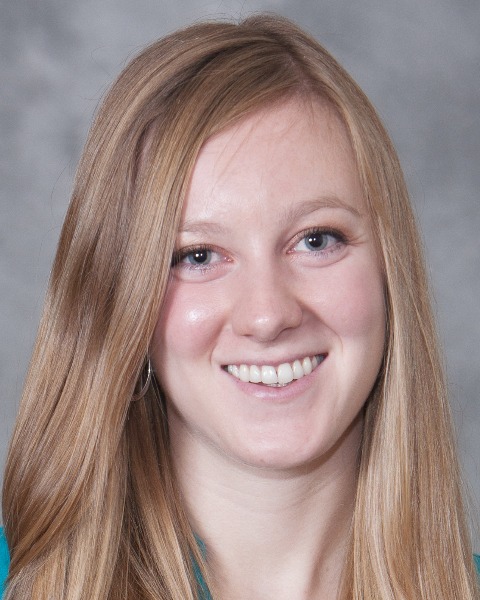Health Services Research
HSR 3: Social and Medical Complexity
584 - COVID-19 Immunization Coverage among People Living with Sickle Cell Disease in Michigan
Publication Number: 584.319
.jpg)
Sarah L. Reeves, PhD, MPH
Assistant Professor
University of Michigan Medical School
University of Michigan
Ann Arbor, Michigan, United States
Hannah K. Peng, MPH (she/her/hers)
Statistician Senior
University of Michigan
University of Michigan
Ann Arbor, Michigan, United States
Presenting Author(s)
Co-Author(s)
Background:
Children living with sickle cell disease (SCD) are at a higher risk of hospitalization and mortality from COVID-19 compared to children without SCD. COVID-19 immunization reduces the risk of severe illness, but there are no population-level coverage estimates among children with SCD in the US.
Objective: Our objectives were to 1) describe COVID-19 immunization coverage among children with SCD in Michigan; and 2) compare to Michigan children without SCD.
Design/Methods:
Data sources included Michigan Care Improvement Registry (MCIR), Michigan Sickle Cell Data Collection (MiSCDC) program, and 2019 US Census. MCIR is a lifespan immunization registry that contains data on all COVID-19 immunizations administered in Michigan. MiSCDC is a surveillance system which combines data sources to identify the population of people with SCD in Michigan. COVID-19 immunization doses for all individuals aged 5-17 years in MCIR were obtained as of 8/1/2022. Dates of COVID-19 vaccine series initiation (≥1 dose) and completion (≥1 dose for Johnson and Johnson, ≥2 doses for others) were determined for each individual. Individuals with SCD were identified using validated case definitions in MiSCDC. Denominators to calculate immunization coverage came from MiSCDC for people with SCD and the 2019 Census for non-SCD. Proportions of each group (SCD, non-SCD) who had initiated and completed at any time during the study period were calculated overall and by age group (5-11 years, 12-17 years) and compared using chi-square tests.
Results:
There were 825 children with SCD and 1,576,666 children without SCD in the study population. As of 8/1/2022, COVID-19 immunization initiation coverage was 26% among those with SCD, and 36% among those without SCD (p < 0.001); COVID-19 immunization completion coverage was 23% among those with SCD and 33% among those without SCD (p < 0.001). For people with and without SCD, initiation was higher among adolescents 12-17 years (SCD: 35%; non-SCD: 45%), than children 5-11 years (SCD: 19%; non-SCD: 27%); completion followed similar patterns for adolescents (SCD: 31%; non-SCD: 41%) and children (SCD: 17%; non-SCD: 25%).
Conclusion(s):
COVID-19 immunization coverage was 1.4 times lower for children with SCD compared to children without SCD, in both initiation and completion. Given that COVID-19 can lead to severe outcomes in people with SCD, it is particularly important to consider targeted interventions to increase uptake of COVID-19 immunization in this historically marginalized population.
